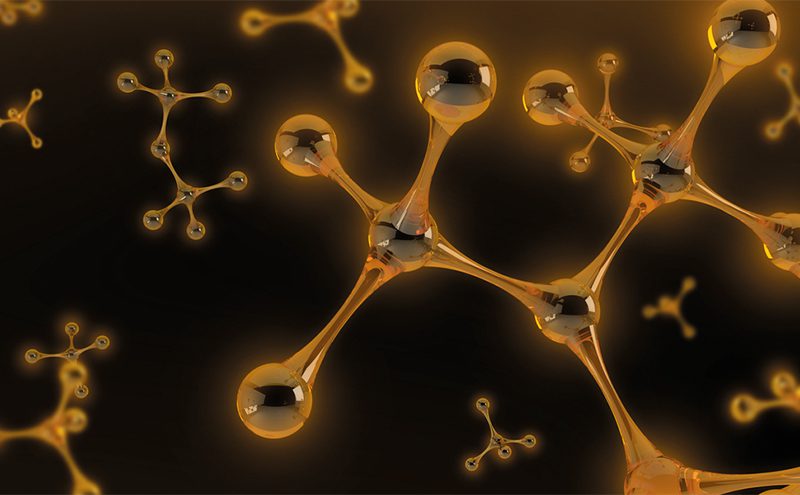A seemingly new approach to oil-water separation – with implications for cleaning up oil and wastewater spills – has been developed by researchers at the Technical Institute of Physics and Chemistry of the Chinese Academy of Sciences.
Oils are generally categorised as either: floating oils, dispersed oils, surfactant-stabilised oil droplets or surfactant-free micro-scaled tiny oil droplets. Finding a way to separate the different types has seemingly been a long-standing grail of scientists, and would have potentially powerful ramifications for our ability to clean up oil spills.
Micro-scaled oil droplets with diameters narrower than 20 μm are very stable in water, making them a challenge to clean up. In the new study, the Chinese researchers developed ‘Janus’ particles, whose surface properties have a dual nature, making them capable of rapidly and efficiently separating micro-scaled oil droplets from water.
They synthesized the oil-binding particles using a method known as emulsion interfacial polymerization, resulting in Fe3O4 nanoparticles. These ‘Janus’ particles were added to an oil-in-water emulsion and shaken for one minute. The previously stable emulsion quickly formed layers, with the upper oil phase being rapidly drawn to a magnet. The researchers obtained over 99 percent separation within two minutes. They also found that the oil-binding surface of their Janus particles was beneficial for capturing a large number of tiny oil droplets to make them coalesce. Like surfactant molecules, these particles could adsorb at the interface of large oil droplets to stabilize them.








